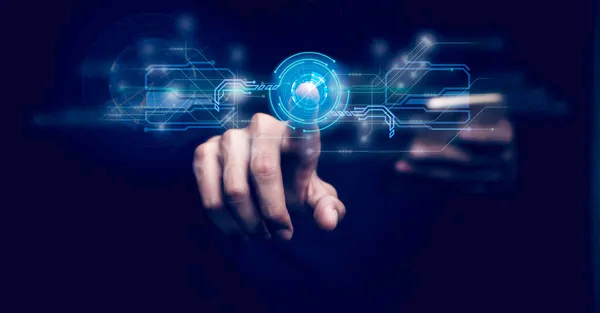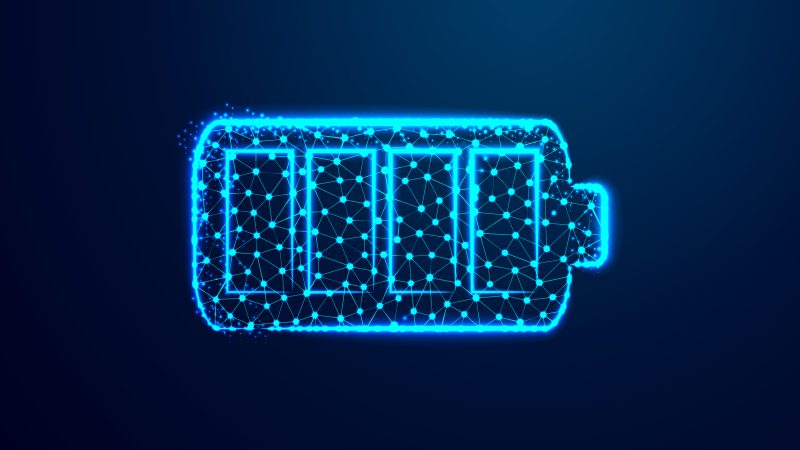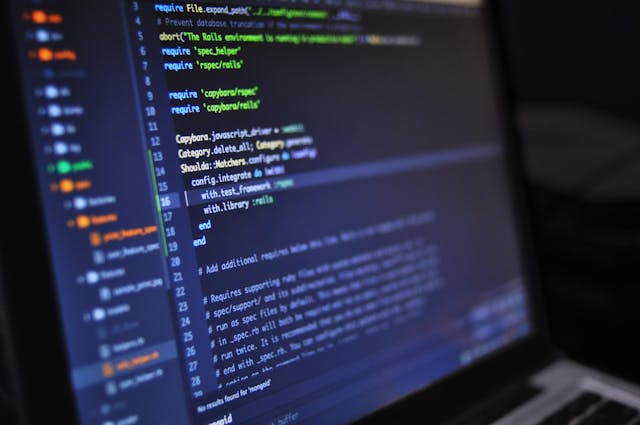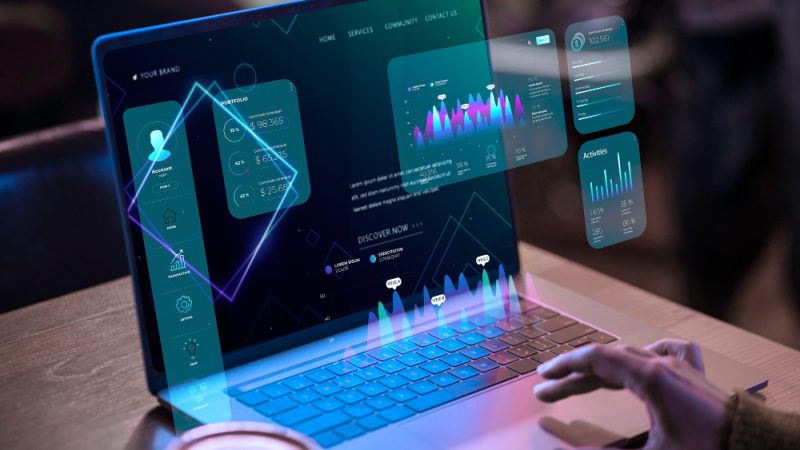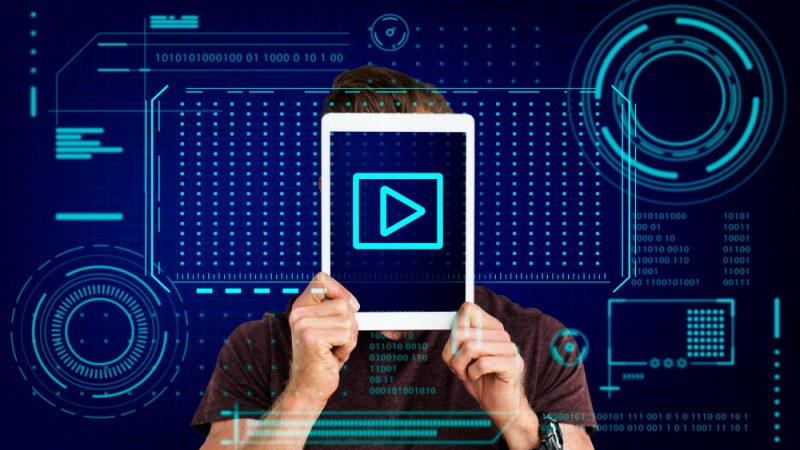Emerging Technology Trends in Healthcare
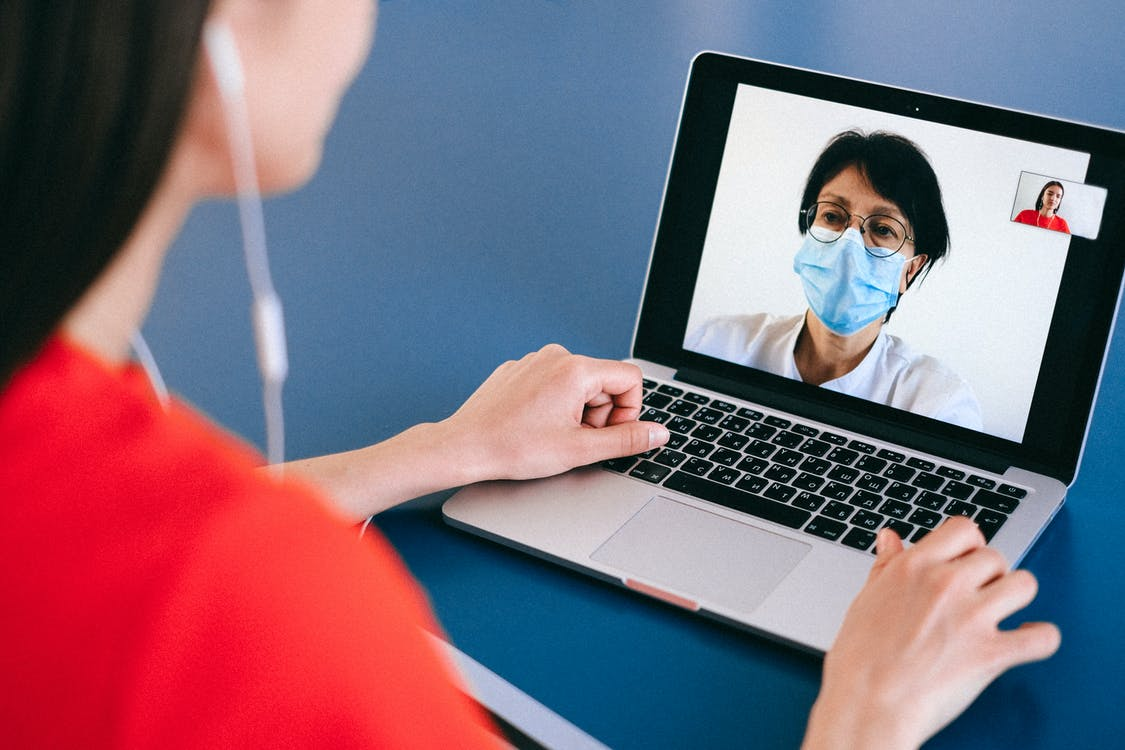
When COVID-19 struck in early 2020, the world scrambled to deal with the changes the deadly virus imposed on our lives. The medical field took the hardest hit. The pressure was on to find solutions for this pandemic as quickly as possible. In a search for solutions, the development of several new and promising methods and innovations in medicine accelerated.
Technology in healthcare references any software or IT tools developed to enhance and improve productivity in administration and hospitals as well as provide new insights into medicines and treatments. They are intended to improve the quality of medical care provided. While the industry is perpetually searching for improved technology in all segments, the pandemic created a sense of urgency in pushing along applications that were already in development like the following. On the Yalantis.com blog you can read about the medical apps development or about effective EHR Development.
Telemedicine
Technology is undeniably an inseparable part of the human experience today. People expect a lot from a broad landscape of digital experiences such as online shopping, social media, and online healthcare services including appointment scheduling and telemedicine online medical appointments. Technology development is crucial and includes e-prescription software along with software for contact tracing, virtual appointments, and entry-level diagnostic tools.
Since the pandemic makes it necessary to limit person-to-person contact, telehealth appointments to virtually see a therapist for mental health needs or a physician for medical needs have emerged.
But there’s much room for improvement. Patients want a more customized experience from their healthcare providers. They want to be seen and valued. Security is also a top priority for many patients who worry about the security of their private data and commercial tracking of their location, online behaviors, and activity.
The challenge will be on the healthcare industry to adapt and develop telemedicine to better serve patients and to ensure their valid security concerns.
The Internet of Medical Things
The Internet of Things (IoT) is a large technological umbrella under which you’ll find a broad range of devices, industries, sensors, software, and more. Healthcare has an IoT development subset all its own known as the Internet of Medical Things (IoMT). It encompasses equipment, medicine, procedures, sensors, thresholds, and more. The emergence of third-party vendor applications is providing the healthcare industry with a way to expand patient services moving forward. These applications offer patients great versatility in meeting their personal needs and growing with them.
Healthcare stands to benefit greatly from such innovations. The applications will provide adaptable ecosystems designed to easily accommodate changes and updates as needed. The symbiotic products would serve healthcare service providers and patients in ways beneficial to both.
Artificial Intelligence
Artificial intelligence (AI) has proven to be an invaluable resource across many industries. Several top healthcare organizations and pharmaceutical industries use Electronic batch record to automate and enhance their operations and processes. A well-executed and designed implementation of AI can promote and sustain beneficial, long-term healthcare-provider relationships.
In the arena of healthcare, AI medical applications must be easy-to-use and centered around the humans who use them.
Robotics
Today, robots are no longer limited to menial tasks in factories. They serve important functions for hospital staff by providing information for patients and visitors, sanitation services, taking vital measurements, and more. With 5G technology and today’s more reasonable hardware costs, the use of robotics in the medical field will continue to grow.
One thing the pandemic has shown is the importance of trained human staff. Stretched thin for months as the virus has continued to spread, medical personnel need help. There’s great potential for growth in robotics to offer vital support to healthcare professionals and staff, especially at crucial times. The challenge will be training staff on how to interact with the rapidly growing technology.
Innovative DNA
Different from regular DNA, innovative DNA isn’t about genetics. Instead, it references the growth of organizations and how they might anticipate and accommodate future needs. It involves disruptive scientific advancements that are discrete, AI, quantum computing, augmented reality (AR), virtual reality (VR), and much more.
https://barriertechnologies.com/radiation-protection-gloves/
Augmented Reality
Augmented reality (AR) and virtual reality (VR) systems are cutting-edge technologies with applications that are showing great promise in the arena of healthcare. Investors are watching the potential market value of AR/VR in the healthcare industry. Today, Augmented Reality in healthcare is fast becoming a new norm across all major multi-specialty hospitals, healthcare professionals and critical care units around the world, due to the innovation it offers to the associated medics, nurses and doctors in accurately diagnosing the symptoms and offering effective solutions.
with great interest because of estimates placed at $5 billion by 2025.
And many of the applications here are already showing great results. Simulation environments can help in treating a wide range of mental disorders like post-traumatic stress. It can also be highly useful in training doctors and nurses in an immersive environment. They can train in realistic environments with various emergency or surgical scenarios and no risk. Such training would better prepare them for actual situations later when they encounter them.
Many operating rooms already have some form of AR to offer medical staff essential, timely information. These systems have also shown the potential for facilitating dialog between patient and doctor. It can be extremely helpful for patients trying to communicate symptoms or pain levels to their doctor. It can also be useful to help doctors explain viable therapies and treatments to their patients.
There’s a lot of value in AR for the healthcare industry. The challenge is for that industry to explore its capabilities and determine how it can best improve the overall medical experience.
Changing with the Times
Technology advances and grows each day, weaving itself into our lives in indispensable ways. If used well, healthcare can wield it to improve services to patients, improve their quality of life, and greatly help healthcare professionals and staff in their important daily work.
Fueled by the pandemic, technology development has never been more important. It’s on healthcare organizations to apply and explore these emerging advancements and consider how they can provide excellent patient care.

